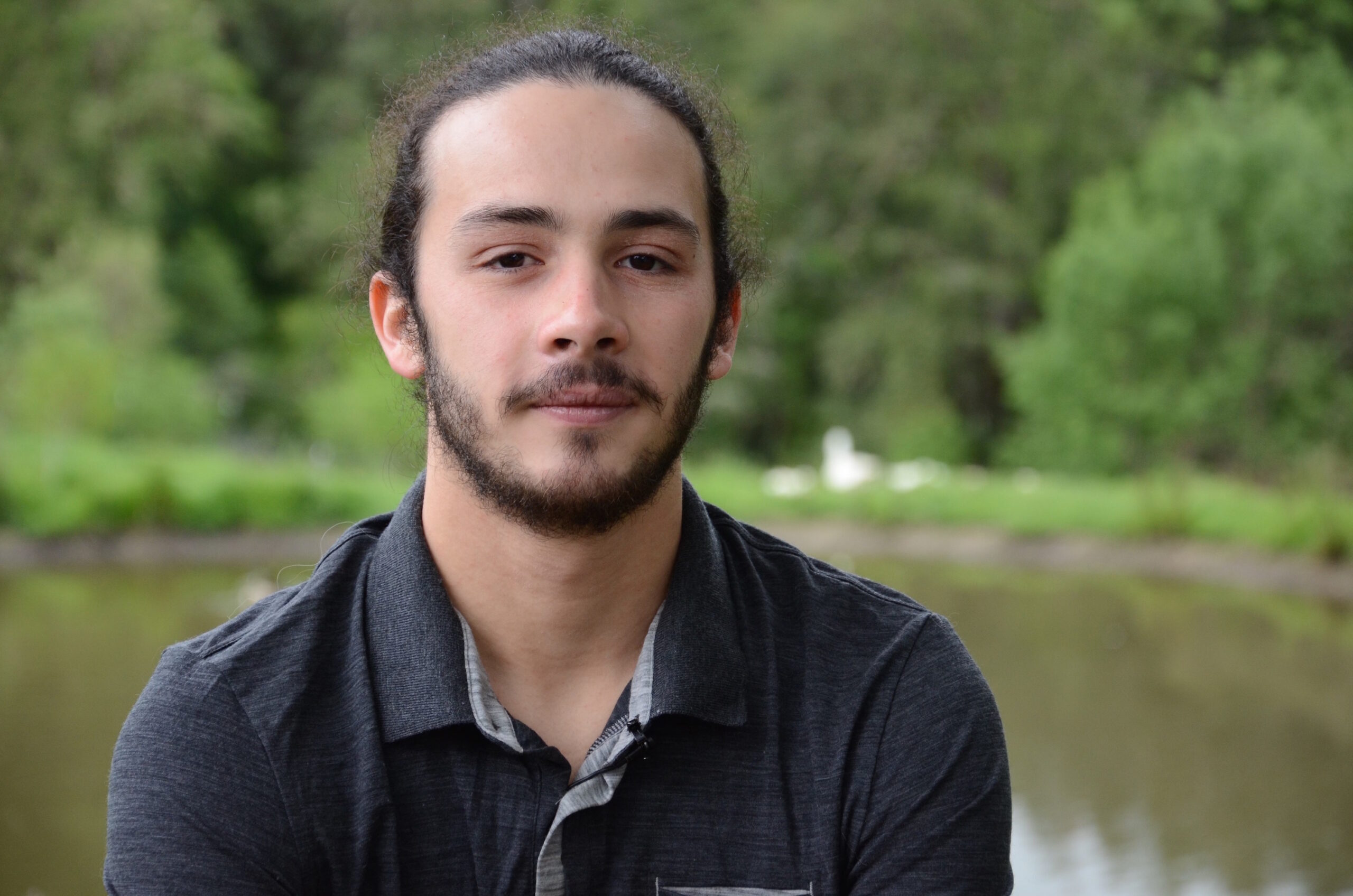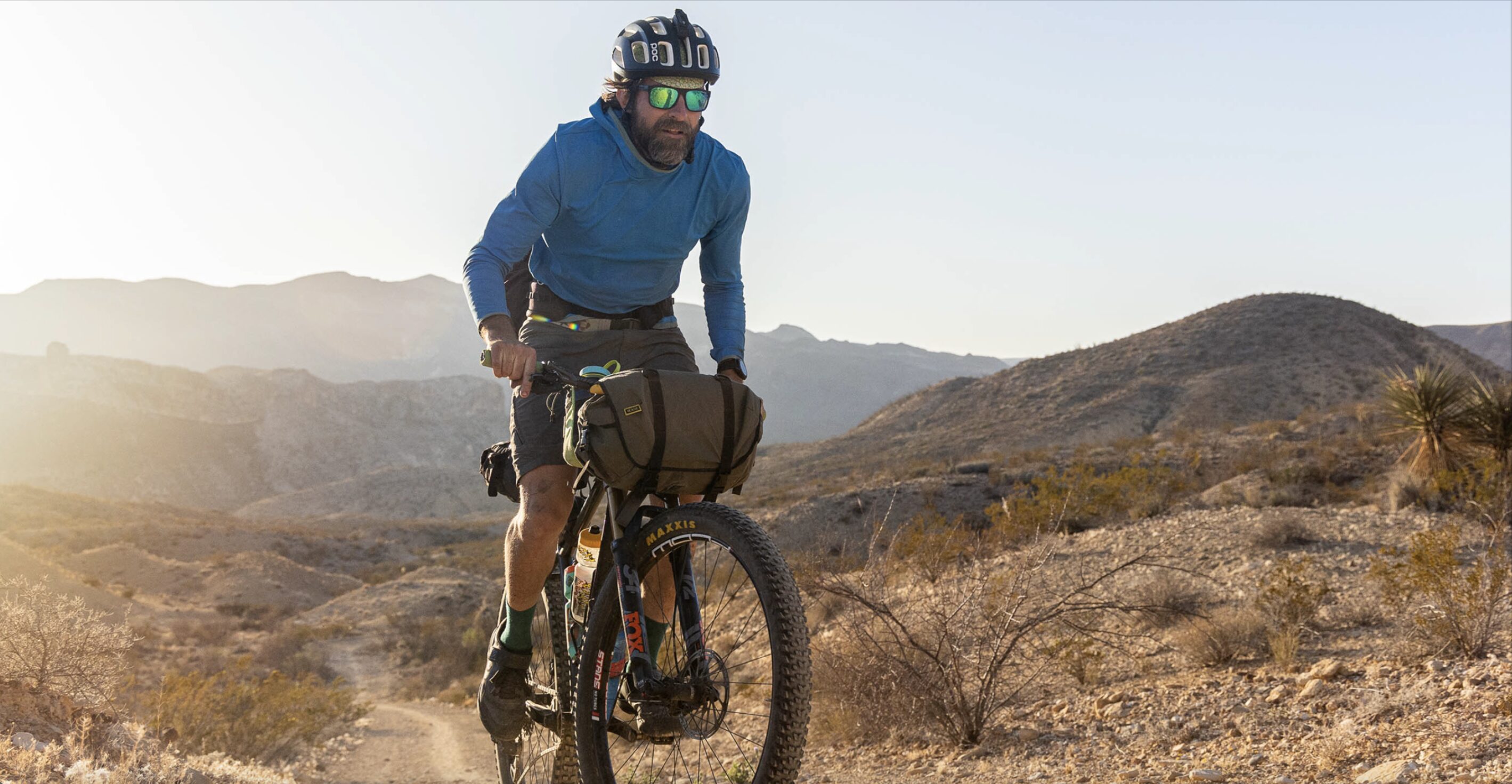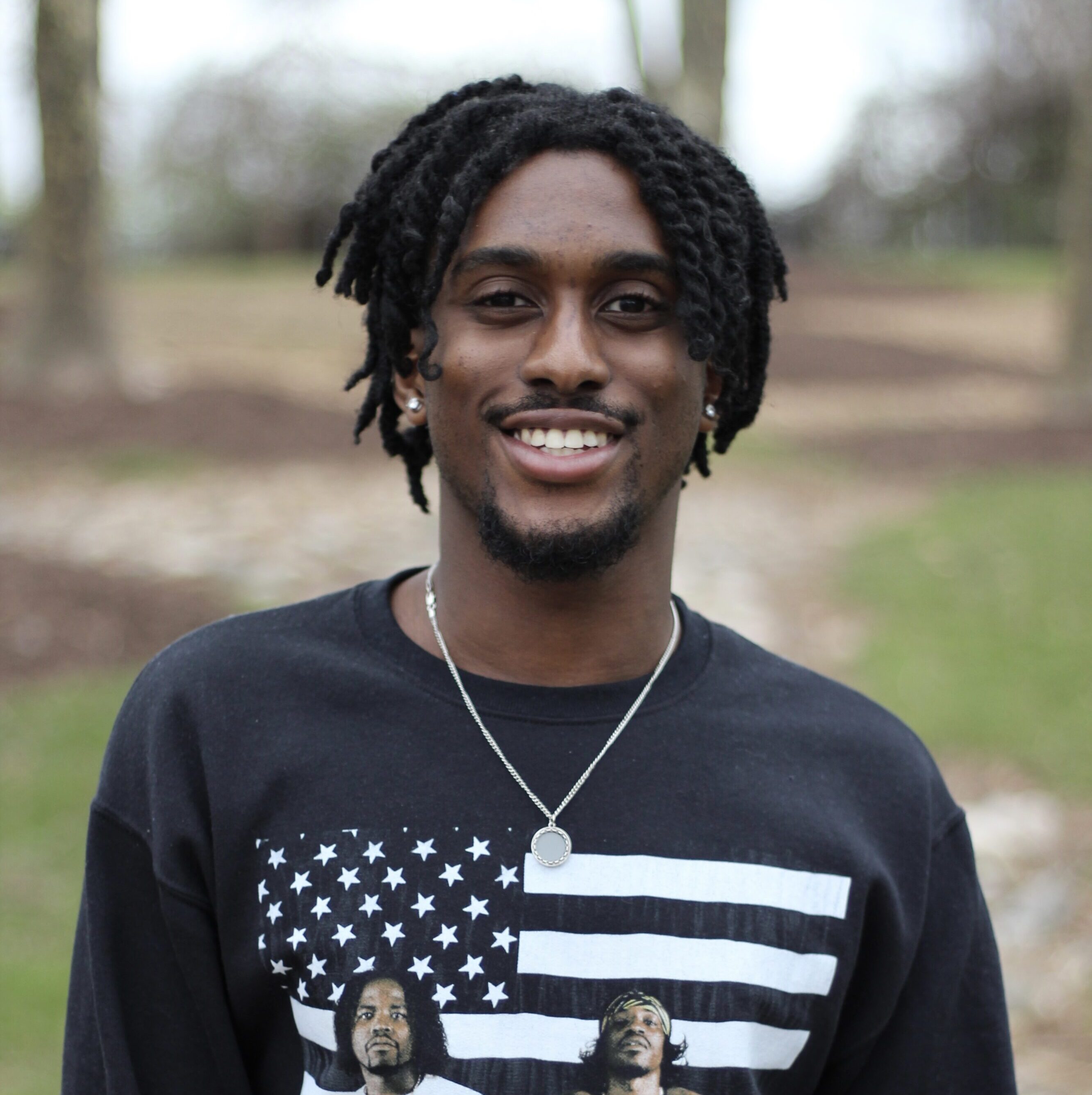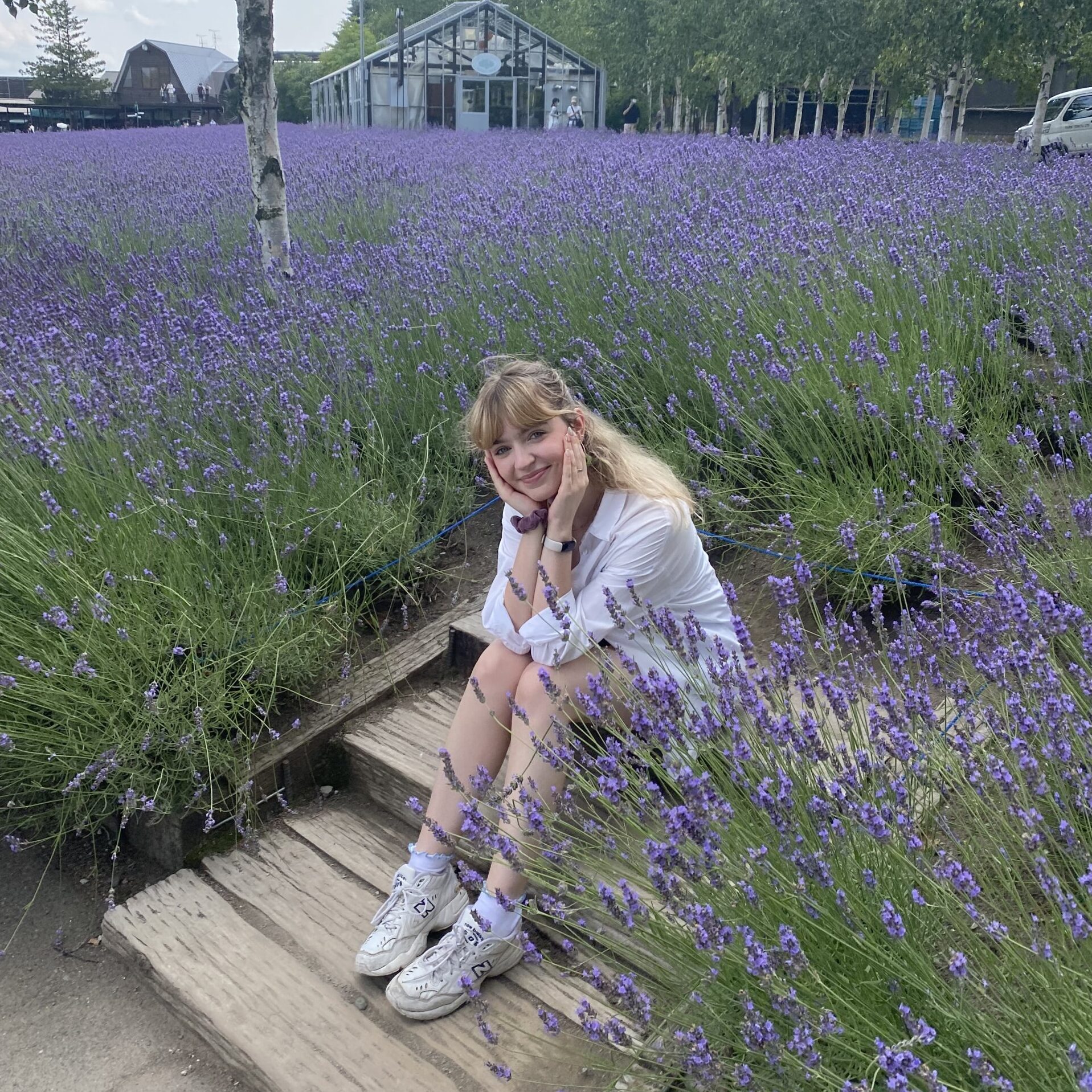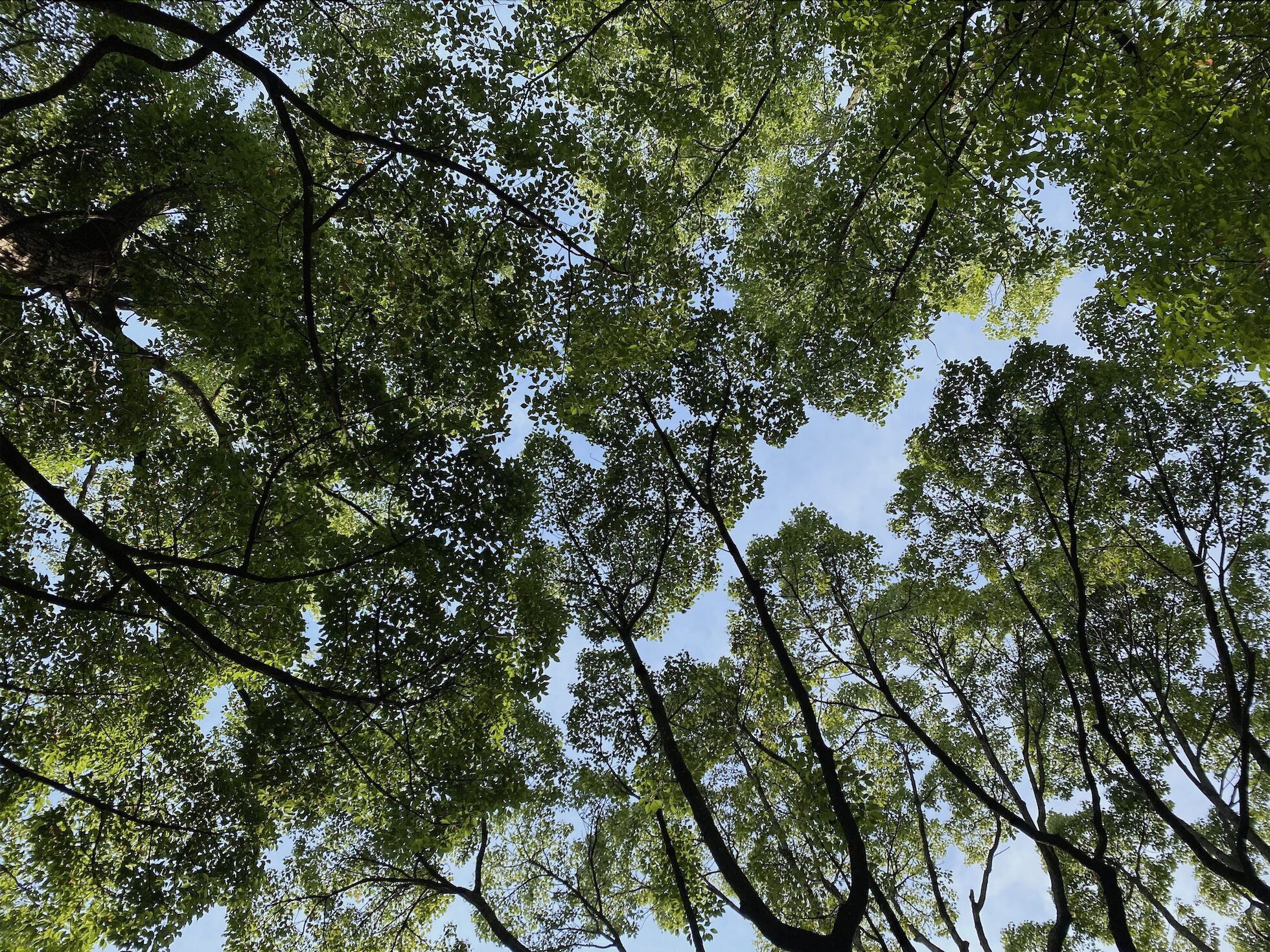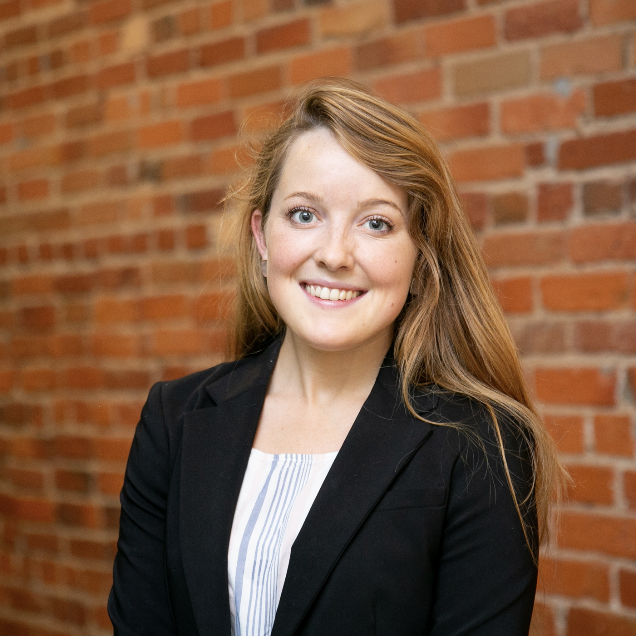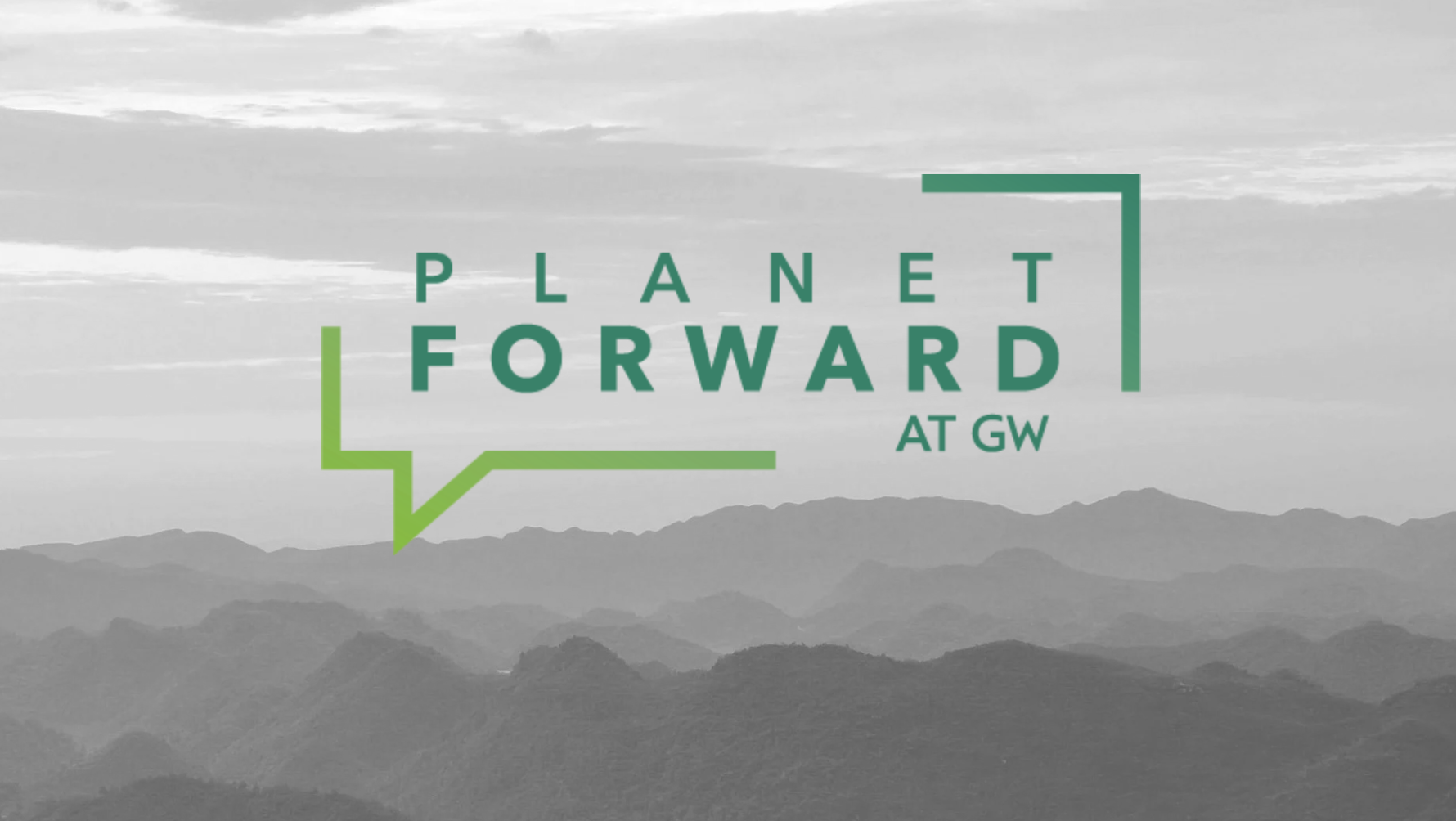 From farmer’s markets to rooftop gardens, the movement for local food has revolutionized the way that consumers think about the ethical and environmental impacts of the food they eat. But what if that awareness could spread to fish and seafood products as well? That’s the mission of businesses like Oregon’s Port Orford Sustainable Seafood and CS Fishery in the Port of Garibaldi, which are pioneering a new fishing model called Community Supported Fishery, or CSF.
From farmer’s markets to rooftop gardens, the movement for local food has revolutionized the way that consumers think about the ethical and environmental impacts of the food they eat. But what if that awareness could spread to fish and seafood products as well? That’s the mission of businesses like Oregon’s Port Orford Sustainable Seafood and CS Fishery in the Port of Garibaldi, which are pioneering a new fishing model called Community Supported Fishery, or CSF.
A Community Supported Fishery functions by the same principles as the popular Community Supported Agriculture programs: customers sign up in a membership system and receive regular shares of fresh seafood caught and processed on-site by local fishermen who distribute the product at community drop-off points. With its emphasis on providing direct access to sustainably harvested fish, the concept has grown from a single 2007 pilot program in Maine to nearly 50 operations across the United States.
The burgeoning movement seeks to address serious problems within the current fishing industry.
Of the approximately 5 billion tons of seafood consumed per year in the U.S., as much as 90% is imported according to NOAA’s FishWatch. A portion of those imports actually complete the full carbon-intensive round trip of globalization. The fish fingers and salmon fillets in restaurant chains, for example, are likely to have been harvested in fishing grounds off the West Coast, shipped to Asia for cheap processing, and reimported to U.S. supermarket shelves.
This disconnected commodity market contributes to a host of issues that include an increased carbon footprint, illegal fishing, and food safety issues. Oceana, an international nonprofit focused solely on oceans, reported in September that their investigation found up to a third of seafood sold in the U.S. is mislabeled or fraudulent. Destructive trawling practices and overfishing also increase under this system, as fishermen in a highly competitive, low-price market are forced to target large quantities of only the most popular species. In a CSF, on the other hand, customers get to develop a direct relationship with the source of their marine food.
“We have 100% traceability,” said Aaron Longton, a commercial fisherman of 18 years and the CEO of the Port Orford Sustainable Seafood CSF in Oregon. “When you buy seafood from us, you know what boat landed it, and when and where, and what fishing method they were using. We’re all hook-and-line, which is better for the base of fish, which is also better for resilience in the face of climate change.”
Community supported fisheries function off a business model called the triple-bottom line, which takes into account the concepts of economy, ecology, and equity. In other words, a company that follows the triple-bottom line bases its decisions on promoting a strong economy, supporting the social frameworks of its community, and preserving natural resources and ecosystems.
A case-in-point is the community of Port Orford, whose fishermen were early leaders in the CSF movement and also established one of the first marine reserves in Oregon, a sanctuary for the rockfish that have supported the town’s economy for decades.
Fishermen Conservationists: The Port Orford CSF
Perched on the edge of the Pacific, Port Orford — pop. 1,100 — is the westernmost and oldest coastal settlement in Oregon and a traditional fishing community. But when Longton first arrived there in 1999, the town was facing plummeting groundfish stocks and a salmon population crisis. In response, Oregon’s state government and other non-governmental marine organizations were pushing regulations to close off traditional fishing grounds across the coast for conservation purposes.
“Our fishing opportunities and ability to make a living was eroding at such a rapid rate,” Longton said. “We joined up because we wanted to have local input on our future.”
Partnering with four other commercial fishermen, Longton joined the Port Orford Ocean Resources Team a small startup non-profit dedicated to crafting community-led solutions to the port’s problems. Leesa Cobb, who has been heading the team as director for the past 14 years, is a fisherman’s wife and longtime advocate for fishing issues.
“We’re really looking at taking innovative ideas that we either come up with or learn from our colleagues around the country and applying it here,” Cobb said. “The marine reserve is a good example of that.”
Following the triple-bottom line concept, the team asked the state and NGO’s to allow the Port Orford community to craft its own reserve proposal in collaboration with scientists and local citizens. High resolution and GIS mapping were employed to find out where a protected area would be ecologically effective and have the most minimal impact on fishing activities. The team also ran a large social outreach and education campaign on marine reserves, facing resistance from community members in the process.
“It’s extremely difficult working with fishermen. They’re very individualistic,” Cobb said. “And when you talk to people about doing something different in their businesses practice, whether it’s conservation based or anything, they tend to get a little defensive.”
While a protected area would ultimately help ensure the ecological survival of the fish stocks, it also involved an immediate income loss for a community that had already been hit hard by timber conservation efforts. So in 2009, the team decided to start a new initiative to market their member fishermen’s products directly to customers — and the Port Orford CSF was born.
“It had been 30 years since you could buy Port Orford fish in Port Orford. Anything that was sold here was sold to corporate interests and left in a truck,” Longton said. “There was no multiplier effect and no access. It was like a seafood desert in a fishing town just because of the way the system was designed.”
The revolutionary approach changed the economics of the entire fishing port. By doing their own processing, delivery, and marketing of premium-quality seafood, the CSF was able to cut the middleman costs and pay their fishermen more for every pound of fish, in turn pushing the larger corporate buyers to up their game. All the fishermen in the port, even those not affiliated with the CSF, are benefiting from the increased competition, according to Longton.
“Seven years ago these fish were being purchased for 50 cents a pound and I imagine it could have been the same now had we not been there. We went to 80 cents and we got matched, then we went to a dollar and we got matched… we’re about a $1.50 now,” Longton said.
From the occasional farmers market and local co-op sales, the CSF now serves 350 members in other nearby coastal cities such as Bandon and Coos Bay, as well as larger inland markets along the I-5 corridor. A testimony to the success of the triple bottom line concept, Port Orford’s reserve remains the only one out of nine marine reserves implemented in Oregon that was planned, sited, and proposed by local fishermen, rather than large NGOs.
This reserve, named Redfish Rocks after the vermillion sub-species of rockfish that dwell in the area, is being managed by a community stakeholder team that handles education initiatives and research. Tom Calvanese, one of the scientists working on the team, called the reserve a “living laboratory.”
“We already have evidence that says that a marine protected area is better equipped to deal with things like ocean acidification and global warming because the population there is more diverse, more resilient, and healthier,” Calvanese said. “But you can’t just fence it off and walk away.”
His current work involves studying fish movement patterns and biodiversity at the Redfish Rocks reserve, so that future protected areas can be designed to have the maximum positive impact on ecology and fish stocks. In true Port Orford style, this research will in turn benefit the fishermen’s understanding of their marine resources and management of the fishery.
CS Fishery in Garibaldi
Nearly 200 miles north up the Oregon Coast, in the Port of Garibaldi, fishermen Jeff Wong has taken a different tack on sustainable seafood. The CS Fishery incorporates direct restaurant sales and wholesale channels as well as the traditional share system. According to Wong, this allows him to quickly distribute the larger hauls that fishing boats often bring in.
CS Fishery in Garibaldi operates nearly waste-free, reusing fishing byproducts as bait and selling the rest to local farms for compost. With a creative business approach and a focus on social change and education, Wong compares his CSF to a “tech startup.”
“We’re trying to do things that not only benefit us locally but also raise awareness of bigger issues,” Wong said.
One example is the fishery’s upcoming sustainable canned tuna brand for which a percentage of the profits will go to prevent human trafficking and slavery in the Thailand seafood industry. Wong also leads tours of the West Coast oyster industry for his CSF customers on which he speaks about the negative effects of warmer waters and ocean acidification on shellfish.
The fishery is also using its mutual relationships with restaurants to promote lesser known species and catch-of-the-day to food aficionados in the metropolitan Portland area.
“We have chefs that are kind of able to pivot on the fly,” Wong said. “They are able to utilize these products to create a trend and a demand, which are two important aspects to get people to eat underutilized species.”
Currently, Wong is campaigning for restaurants to serve large Quahog and Gaper clams — which are being shipped to Canada as bait — instead of the small and popular but severely depleted Manilla clam. CS Fishery’s fishing fleet also is targeting abundant West Coast octopus stocks in a bid to replace imported octopus products from Spain.
Working with larger food providers like restaurants is one way of increasing the reach of traditionally small scale CSF’s, but challenges still remain in scaling up the model.
“The reality is a lot of the seafood that is eaten isn’t consumed by the individual consumer that participates in a community supported fishery, ” said Niaz Dorry, director of the Northwest Atlantic Marine Alliance which helped found the CSF movement.
However, according to Dorry, that may be beside the point. The growth of the CSF nationwide has sensitized consumers who were only concerned about land food issues to the overarching problems of the marine industry and empowered fishermen to become more active players in shaping fishing policies, she said.
Indeed, whether it is through triple-bottom line management in Port Orford or social outreach initiatives in Garibaldi, these fisheries are changing the idea of seafood as merely a resource to be extracted and consumed.
It is this vision that may prove crucial as climate change looms on the horizon, with outbreaks of toxic algae already threatening the crabbing industry on the West Coast and warmer waters disrupting traditional fish movements.
By acknowledging that valuing human livelihoods means valuing the ecosystems that support them, the CSF model may hold the key to enabling fishing communities to survive and thrive in this challenging environment.
If you are interested in learning more about CSFs or joining a CSF near you, see localcatch.org.
">Oregon’s Port Orford Sustainable Seafood and the CS Fishery in the Port of Garibaldi are pioneering a new fishing model to revolutionize the way consumers think about the ethical and environmental impacts of the seafood they eat.














